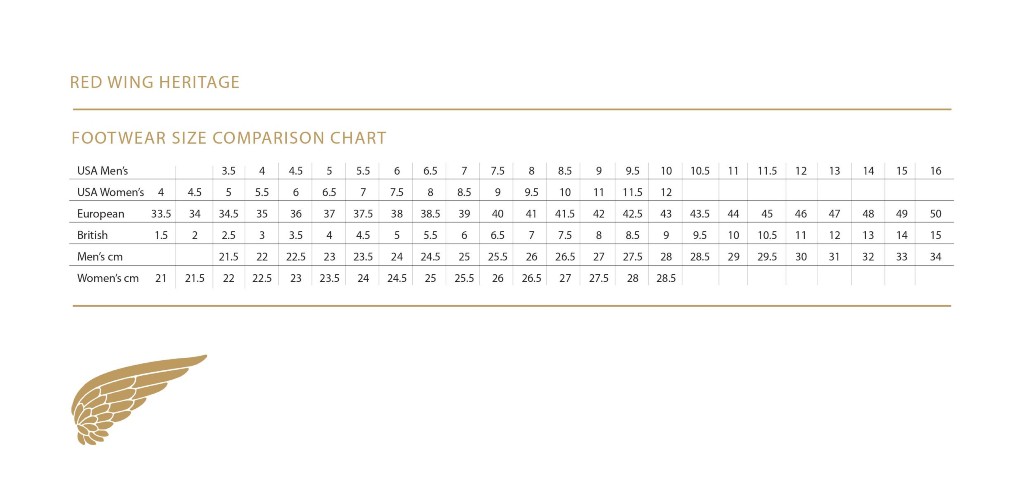One unique detail on the #4331 Riders Room Iron Ranger is the green Vibram sole, originally used on Red Wing Lineman boots back in 1956. It is unclear as to why the green colour was significant for the Lineman Boots. One theory is that it was an indication that the sole was compounded with the EH (Electrical Hazard) insulation between you and the ground; if you happened to touch a live/hot wire, you wouldn't get shocked. It gave wearers confidence that the shoe you were wearing was guaranteed to be safe whilst working up high lines.
The early history of iron mining on Minnesotas Mesabi Range is intertwined with that of Red Wing Shoe Company. The miners needed tough but comfortable boots that could stand up to the long days and tough conditions a northern Minnesota mine pit presented. Red Wing responded with a boot made of thick leather with an oil resisting outer sole, speed lacing hooks, and a comfortable cork midsole. The defining characteristic of these boots though, was their double layered toe, capped to protect the miners feet from injury as they labored with hand tools and heavy machinery. That boot is still made today, the fittingly named Iron Ranger, and it represents not only Red Wings commitment to making boots for working men and women but also its Minnesota origins.
Goodyear Welt construction is the pinnacle of shoe-making. The Iron Ranger is constructed by attaching a welt, a thin piece of leather, to the bottom edge of the upper leathers. Both pieces are further connected to a canvas rib cemented to the bottom of the insole. The rib leaves a small cork-filled cavity to give a breathable and malleable bottom filler. With the welt fully secured to the upper leather and insole, the midsole is stitched onto the welt with rand and "Nail Seat" construction.
